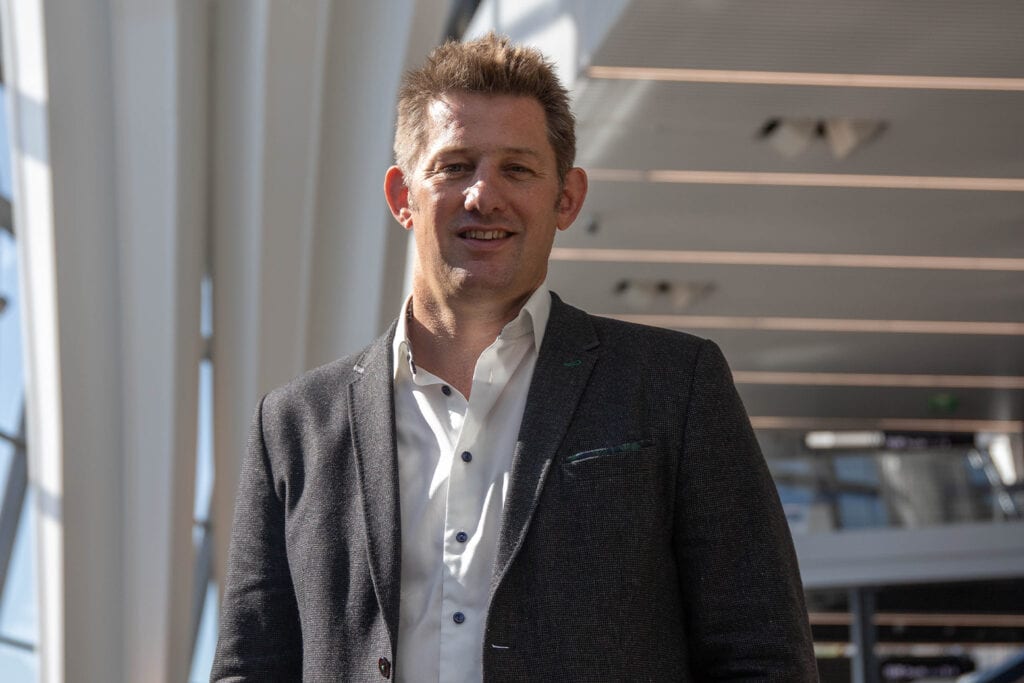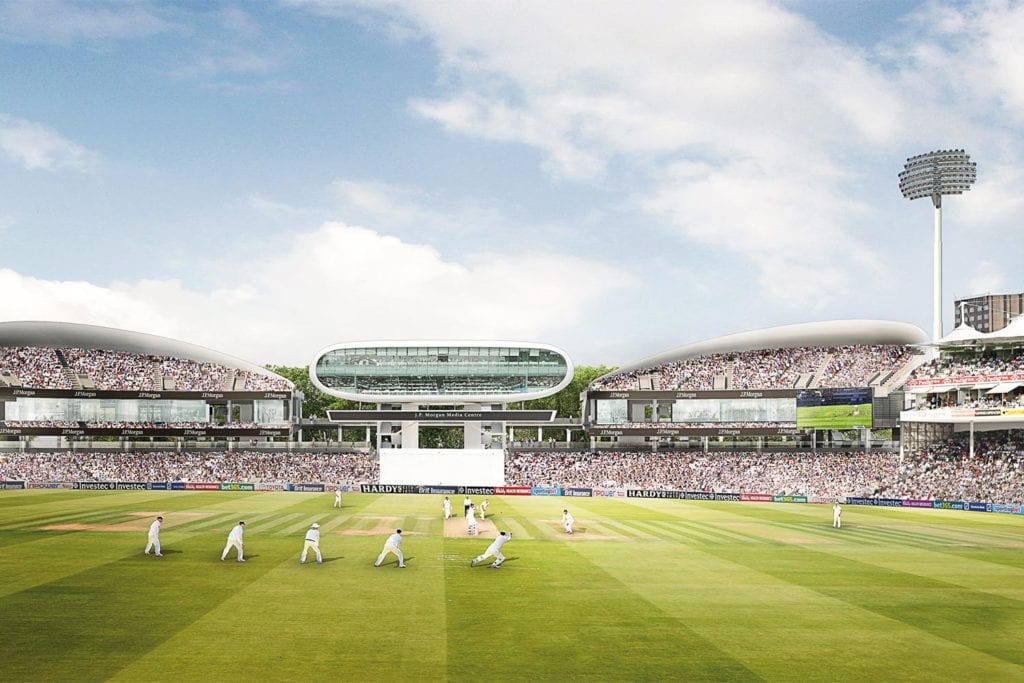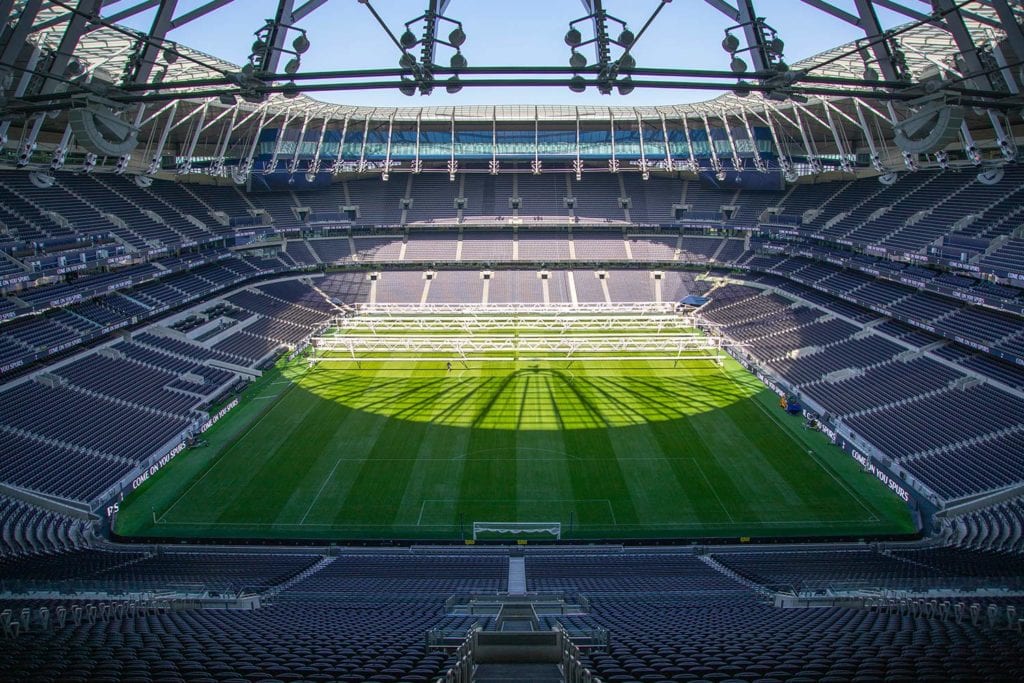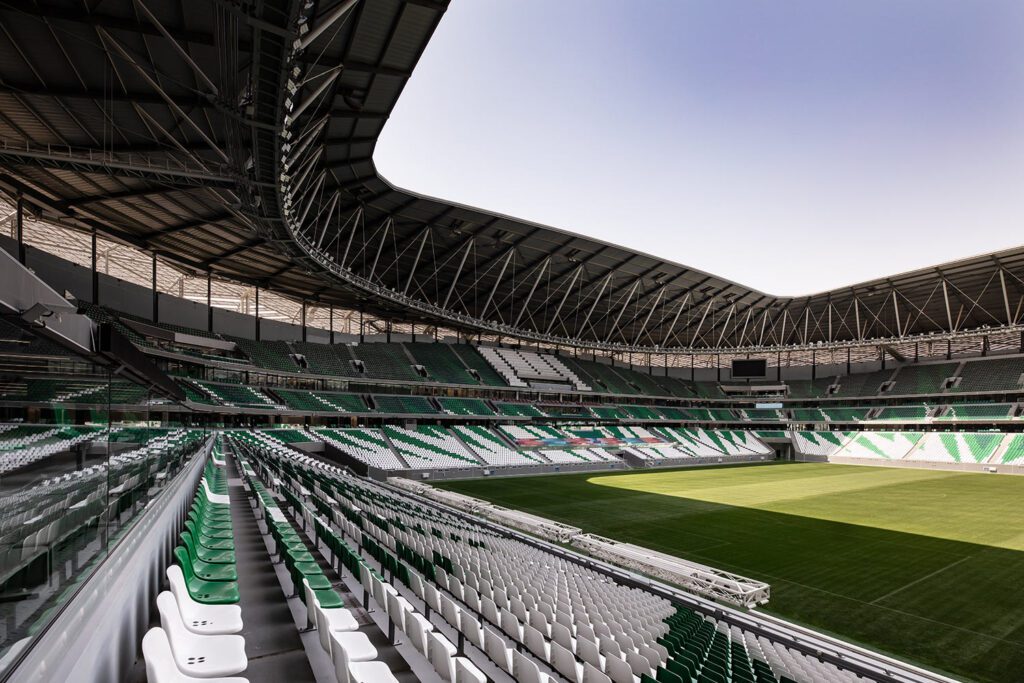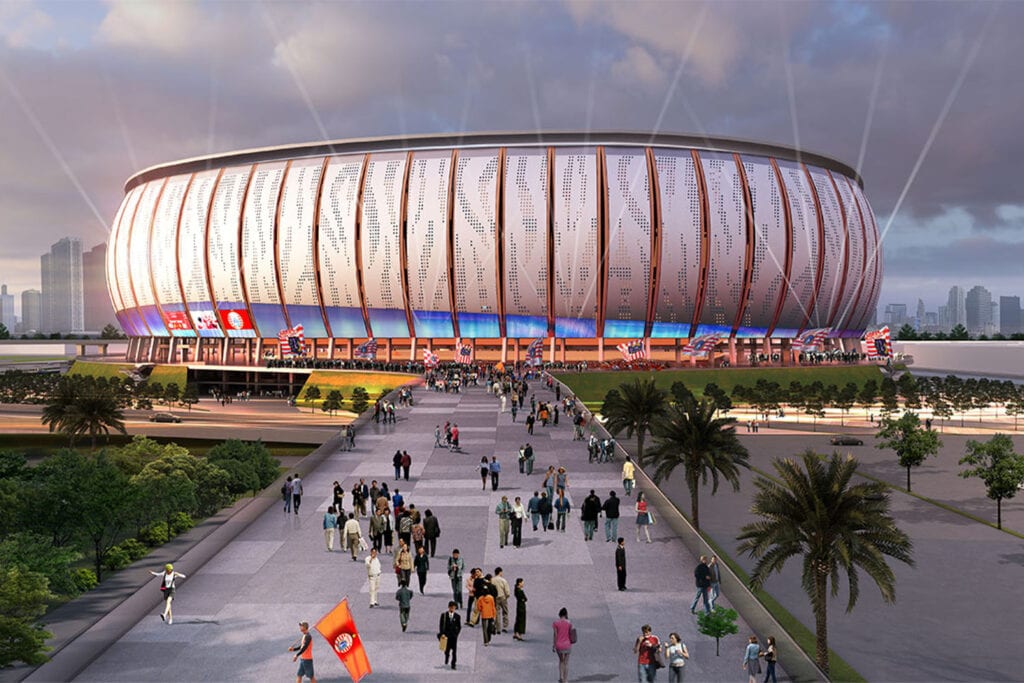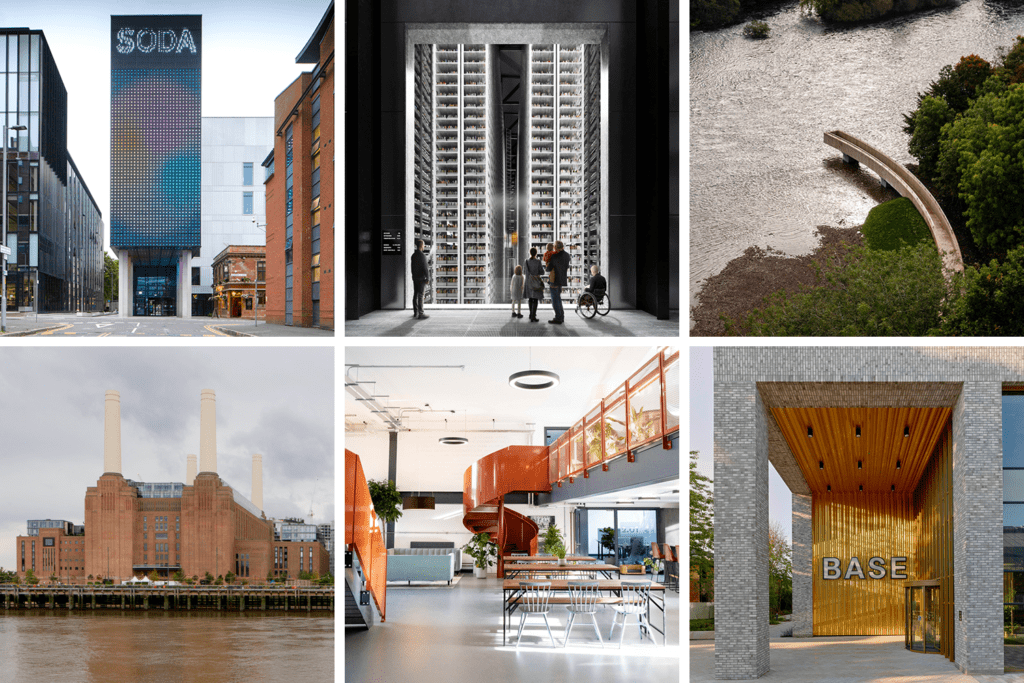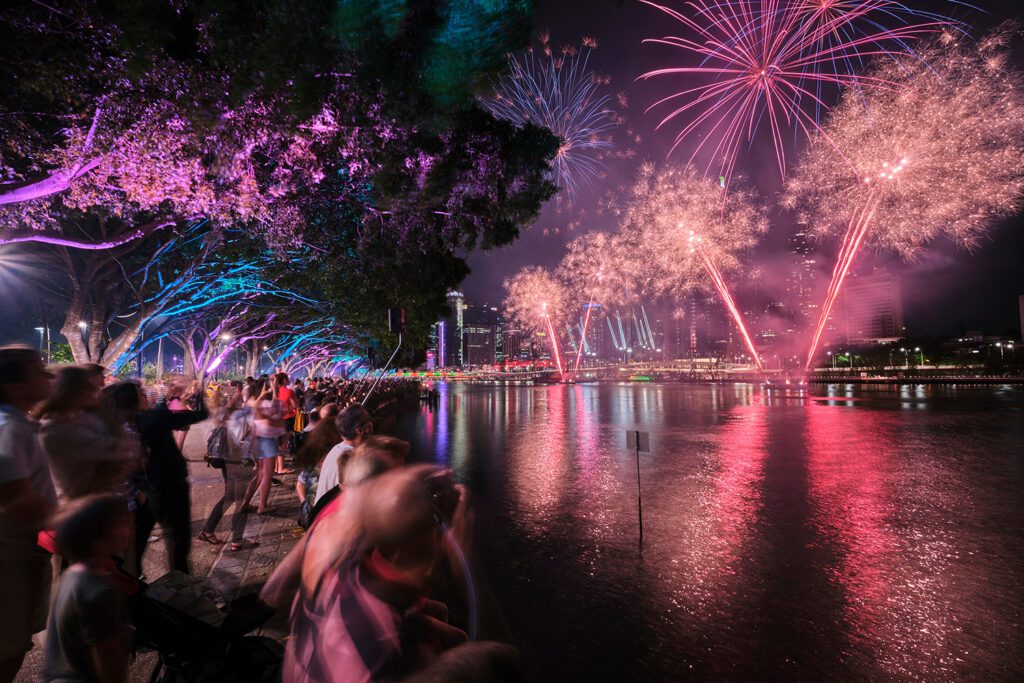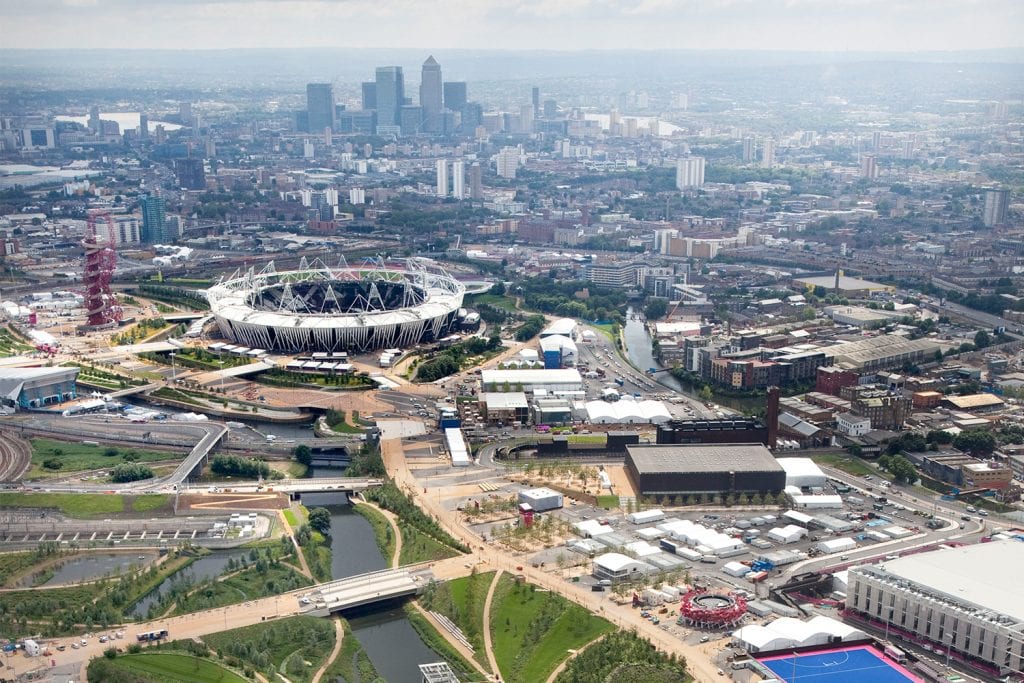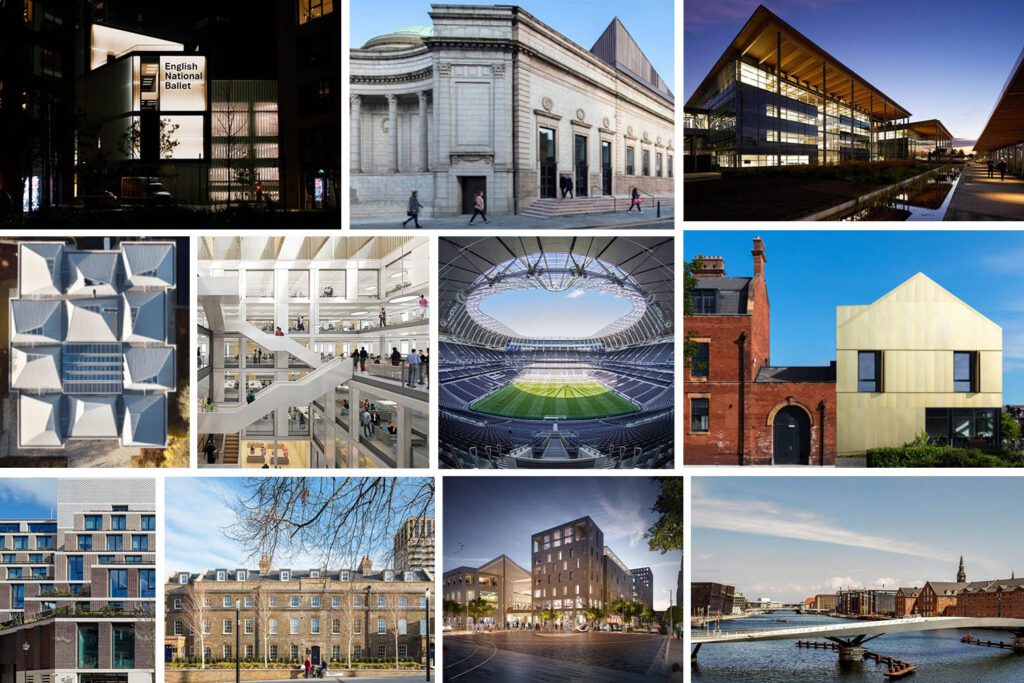Kicking-off the New Year with women’s football
In conversation with Buro Happold’s Director of Sport and Entertainment, Rob Amphlett.
A real ‘header’ into 2023, was the exhilarating Arsenal versus Chelsea women’s game on Sunday 15th January, held at Emirates Stadium, London.
The two iconic teams took to the pitch in an exciting game of football for the Women’s Super League, in front of a near capacity crowd, with over 46,000 seats sold. Finishing with an amicable 1-1 final score, both Arsenal and Chelsea fans were united by the fact that this match was being held at one of the largest stadiums in the UK – a step in the right direction for women’s sports.

As a newcomer to football myself, I gained an interest in watching the sport after the Lionesses took the Euros by storm last year, attaining a major football victory which hadn’t been seen since England won the World Cup in 1966. This was a victory which was even more outstanding, seeing as women were banned from football for over 50 years in the 20th century.
For advocates of women’s sport, it is heartening to see such national growing support for women’s teams, particularly within football. I saw this first hand at the Emirates Stadium, with a buzzing crowd of all ages and genders, creating a truly incredible atmosphere.
This atmosphere was only heightened by the stadium itself, which boasted a well-groomed pitch, flooded with sunlight. Sitting in my seat, waiting for the game to start, I gazed around, admiring the beautiful lines of the sweeping curves of the roof, which were truly stunning.
It’s amazing to think that the stadium was completed back in 2006 – it still looks fresh and modern today. What I didn’t realise, was that roof was designed with a specific function in mind and not just for its aesthetic.

As I am new to Buro Happold, I wasn’t aware, until I mentioned my visit to colleagues, that we had been involved heavily in the design and build of the Emirates Stadium. To find out more I spoke to Rob Amphlett, our Director of Sport and Entertainment at Buro Happold, about our work on the stadium, and to get his thoughts on the rise in popularity of women’s football.
It set the new standard for Premier League stadia at the time in much the same way as Tottenham stadium has currently
Rob Amphlett, Director of Sport and Entertainment, Buro Happold
Could you please expand on Buro Happold’s involvement in the Emirates Stadium?
“The Emirates was completed in back in 2006. We did all the engineering on the stadium and much of the surrounding sites, as well as re-developing the old Highbury Stadium.
“Buro Happold was instrumental in developing the design with our friends at Populous Architects, including the distinctive oval bowl and the low-slung roof. The curved, low roof was specifically designed to ensure as much sunlight gets to the pitch as possible to help the grass grow, a design element that was incredibly important to the client, and of course to the success of the pitch.
“It set the new standard for Premier League stadia at the time in much the same way as Tottenham stadium has currently.”
It’s staggering to think that as recently as 1971, women were actually banned by the FA from playing football
Rob Amphlett, Director of Sport and Entertainment, Buro Happold
Are you surprised by the growing popularity in women’s football?
“As the father of two daughters (and one a football fanatic), the recent rise and success of women’s football in the UK is very exciting and bodes well for the future. The professionalisation of the Women’s Super League (WSL) and funding from the FA has clearly had a massive impact and is long overdue – this investment ultimately led to the England team winning the Euro’s this summer (we were there – what a game!). So, it’s clear investment pays off and it’s staggering to think that as recently as 1971, women were actually banned by the FA from playing football!
“It’s great to see women’s football being played at main stadiums at the bid clubs – but why only once or twice a year? There is clearly demand.”
Sport should be for all, and all should have equal opportunity to follow their dreams
Rob Amphlett, Director of Sport and Entertainment, Buro Happold
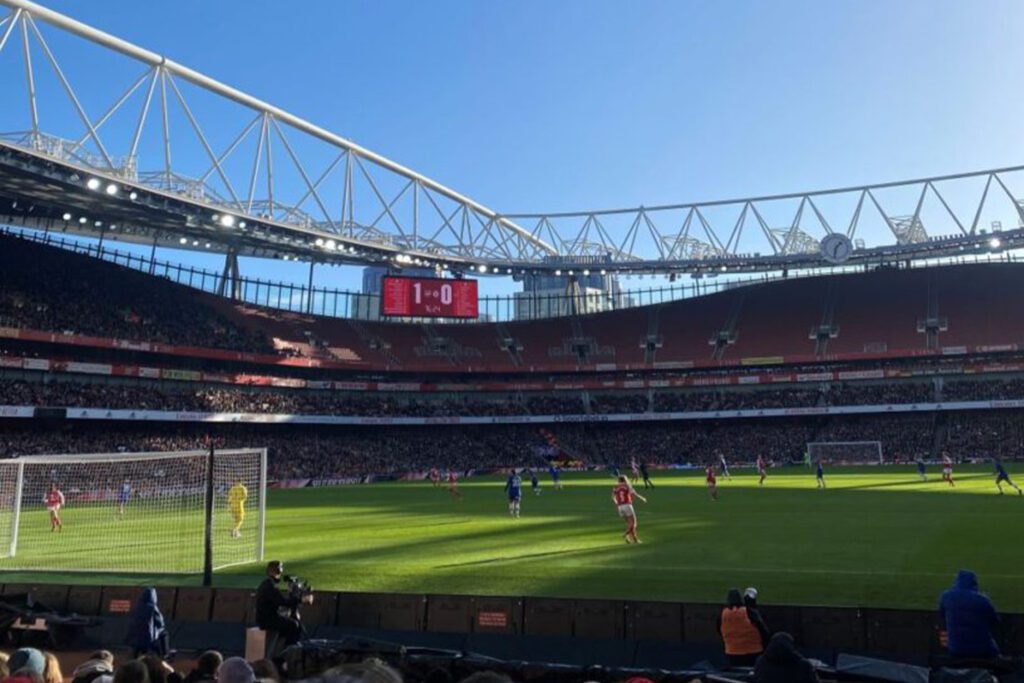
Agreed, there should be more women’s games in larger stadiums. Why is the resurgence of women’s football important do you think?
“Firstly, because it’s great sport. The standard is outstanding at the highest level and deserves its place alongside the best of all sport. Personally, I prefer watching it to the men’s games, as it’s played in a better spirit generally, and fans are more respectful.
“Secondly, it’s important because so many young girls want to play and there needs to be something for them to aspire to – sport should be for all, and all should have equal opportunity to follow their dreams.”
Ellie Lay, UK Marketing & PR Executive, was in conversation with Rob Amphlett, UK Director of Sport & Entertainment.
